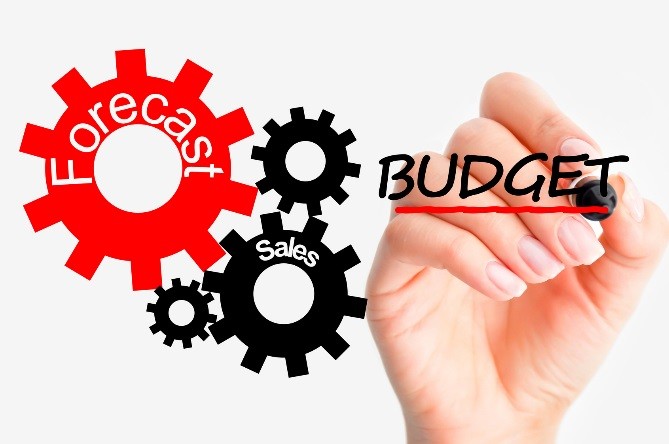
It’s that time of year again when we begin to close the books on the year and look ahead to what the new year might bring. The assumptions you use are critical to your profit and loss and balance sheet forecasts. This is especially true if you will use these projections to attempt to obtain financing or attract an investor.
1) Forecast from the bottom up, not the top down. Many of us start with revenues and forecast down to profit. I want to suggest that you consider forecasting profit first then work your way up to revenue. I’ve heard it said, “It’s not how much you make (revenue), but how much you keep (profit).”
2) Look at your historical performance over a period of time. Three years is preferable. If your historical sales growth rate is 10% for the past three years, it probably doesn’t make sense to forecast 20% or 5%. Also, if your historical margins for gross and net profit are 30% and 5% it may not make sense to change those for forecasting purposes unless you’ve had some significant changes in your business to warrant those changes. In the same way, if you collect your AR in 40 days historically and pay your payables in 35 days, changing those terms to forecast your balance sheet probably doesn’t make sense. Also, if you plan to buy fixed assets next year, make sure you include the changes in fixed assets and any related loan.
3) Research industry norms and standards to see how your company is performing in comparison to your peers. If you’re struggling with your revenue forecast even after looking at your historical performance, contact your trade association or your bank to see if they subscribe to any trade journals that provide industry forecast information. I have a couple of clients in the concrete business and their industry is projected to grow at a 7% growth rate nationwide, very high considering GDP growth for the economy.
Many business owners will have several rounds of assumptions before they end up with a forecast they’re comfortable with. Remember it’s important to forecast not only your income statement, but also your balance sheet and cash flow statement. It’s important to see if you have any negative cash flow months so you can predict any amount of borrowing on your line of credit that will be required.






